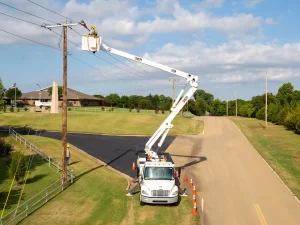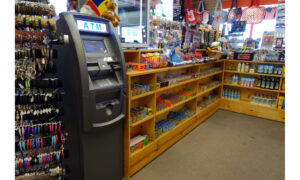Surface finishing is a vital part of the production process of several items, especially metals. Alongside the aesthetic feel and look, a good finishing offers a protective layer against rusting to keep equipment durable. However, how do you choose to hire a wet paint technician or go for Powder Coating Equipment manufacturers when the two options offer almost the exact solutions? That’s the puzzle this article aims to solve. While the two solutions may produce almost similar results, a few distinctive features and advantages may make one better than the other. Here are some determinants to help you choose.
Application
Powder coatings and wet paints both contain pigments, resins, and other additives. However, wet paints have a solvent that combines all its elements. Contradictorily, powder coating comes in a powdery form. This key feature brings about all the significant differences between the two finishes, ranging from the application to texture, color matching, and more.
For instance, you apply powder coating by placing the compound on the metal or wood surface after pretreating it and applying heat to cure the coat. On the other hand, liquid paints require some form of professionalism, where you dispense the solution in a fine spray onto the surface of your object. Unlike wet paints, powder coatings require no immense expertise to use.
Environmental and Human Safety
EPA recommends powder coating as a means of a clean finishing approach. Unlike wet paints, powder coatings don’t produce the Volatile Organic Compounds (VOCs), which are the primary industrial polluting agents and other toxins.
Prolonged exposure to VOCs causes respiratory complications to operators. Similarly, the compound mixes with other toxins in the wet paints to cause pollution in the air and landfills.
Again, powder coatings have a high reusability rate, meaning less of the substance flows into landfills, and it requires less disposal. On the other hand, Wet paints spread to a thin layer immediately it misses their target, making them difficult to reuse.
Cost
Wet paints require a professional to apply, which may be expensive to hire. On the other hand, you only require the right equipment for powder coating application, and then you, even a novice, can quickly go through the process.
Similarly, powder coatings are more robust, durable, and more resilient against debris and other destructive elements. Also, the powder coatings have between 60% and 70% transfer rates, meaning you can reuse up to over 90% of the spilled paint. On the other hand, Wet paints only have 30 to 35% transfer rates, leading to more waste.
Performance
Performance is the essential part of an effective finishing, and powder coating offers the best results. The coat is resilient to scrapping, chipping, and other forms of wear, all thanks to the thermal bonding during curing. Similarly, they are more flexible, difficult to peel, and support bending. As such, you can use the process for a wide range of items and surfaces compared to liquid paints.
Powder coating is a powerful solution for a wide range of finishing needs. It offers resilience, durability, flexibility, and longer-lasting protection compared to liquid paints. However, it’s not an ideal solution for objects that can’t stand thermal curing or when you require customized color matching. In such a situation, you may consider wet paints instead. You may also consider the insights of an experienced finishing technician if you’re finding it hard to decide between the two.




